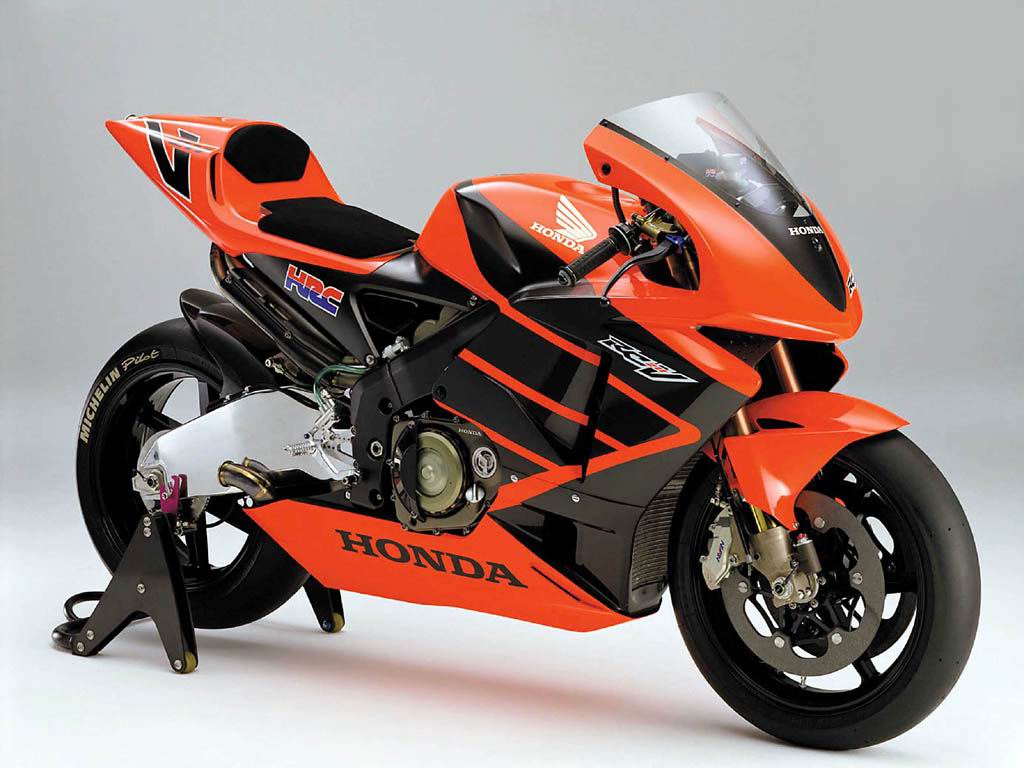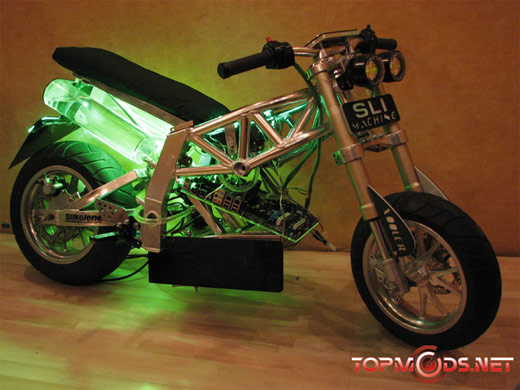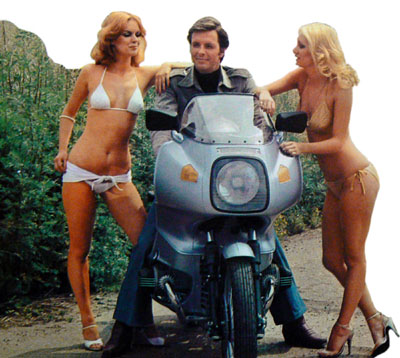
"Allan Sorensen from Denmark has sent these remarkable photographs of his father, Svend Aage Sorensen, together with this associated story:
Svend was a keen Motorcycle Racer and attended the Isle of Man TT from 1935 to 1953. In 1946 he bought a 1938 Standard Flying 8 Saloon as a transporter for his bikes. He used this to attend the Isle of Man from 1947 to 1952. The photo above shows the car in its transporter mode. Typically, there is a Norton Manx 350cc racer strapped behind, and an Excelsior 350cc bike together with a spare Norton 500cc engine inside, the passenger seat having been removed. As a counterbalance on the front are several wheels and tyres! Most years Svend journeyed on his own except in 1949 when Alans mother joined Svend and travelled in the back seat!

From 1950 to 1952 the car was also used for the trip from Denmark to the Hedemora Grand Prix in Sweden, a trip of sixteen hours each way. The Flying 8 carried the bikes and both Alan and his mother. Alan sat on the floor between his mothers legs and his only view was treetops and the electrical wires. No DVD movies or computer games, but four exciting days in the pits. 1952 was the "worst" year for the Standard as his father had got a Featherbed 500cc Norton, a Norton Gardengate Manx 350cc and a Norton Featherbed Manx 500cc engine. On one occasion they all had to get out of the car when the back seat started to smoke as a rear tyre was rubbing on the bodywork. Alan also recalls his mother taking over the driving when his father fell asleep.
The car required painting 4 times in their ownership - the bikes damaged the paintwork.
When the car was sold in 1952 and replaced by an EMW, East German Van, the extra space allowed Allans sister to come along as well.."
[It was common in the 1920s and 30s for impecunious racers to find creative transport for their mounts, tools, and spares. This little Standard is a late example of the practice, and especially dramatic given the number of wheels and tires strapped to the bonnet! - pd'o ]
And this update from Bo Eklund:
"Hallo Paul.
Referring to your recent notes under the heading "Standard Race Transport", about the Danish road racer Svend Aage Sörensen, may I take the liberty to add the following:
Referring to your recent notes under the heading "Standard Race Transport", about the Danish road racer Svend Aage Sörensen, may I take the liberty to add the following:
Svend-Aage Sorensen was a very competent racer, gaining many very good results i international road races between the years 1934 - 1953.
In 1934 he won the 250 class in Swedish Grand Prix, riding a works British Excelsior "Mechancal Marvel".
He competed in 25 races at the TT in the Isle of Man, between the years 1935 - 1953, gaining some commendable placings and several replicas, often having been supplied Works machines from British Excelsior.
He won both 350 and 500 classes at the major Swedish road race Hedemora Grand Prix in 1950, against international competition, using the same machine, having changed the engines between the races.
At the Hedemora races in 1951 he again won the 500 class and came 3rd in the 350 class.
He was a very popular and much liked and respected rider among competitors as well among the race organizers".
Regards, Bo Eklund, Sweden."
In 1934 he won the 250 class in Swedish Grand Prix, riding a works British Excelsior "Mechancal Marvel".
He competed in 25 races at the TT in the Isle of Man, between the years 1935 - 1953, gaining some commendable placings and several replicas, often having been supplied Works machines from British Excelsior.
He won both 350 and 500 classes at the major Swedish road race Hedemora Grand Prix in 1950, against international competition, using the same machine, having changed the engines between the races.
At the Hedemora races in 1951 he again won the 500 class and came 3rd in the 350 class.
He was a very popular and much liked and respected rider among competitors as well among the race organizers".
Regards, Bo Eklund, Sweden."


















































